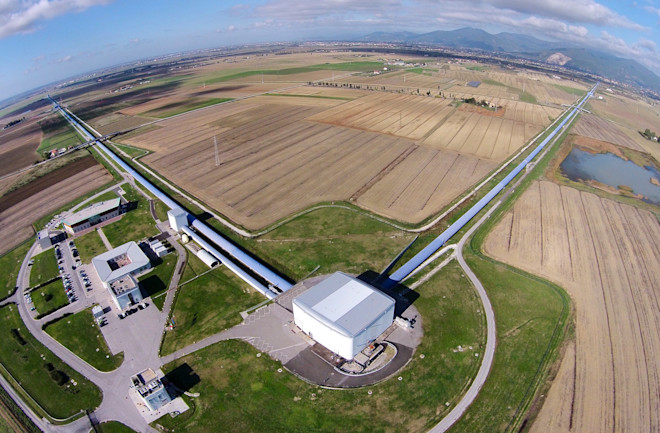This story was originally published in our July/August 2022 issue as "Waves of Discovery." Click here to subscribe to read more stories like this one.
Gravitational-Wave Observatory Obtains Mass of Discoveries
With its latest run complete, LIGO heralds a new phase in the exploration of extreme physics.
Jun 15, 2022 10:00 AMJun 20, 2022 3:40 PM

In 2017, LIGO, in collaboration with the European Virgo interferometer, (above), observed a neutron star merger. (Credit: The Virgo Collaboration/CCO 1.0)
Newsletter
Sign up for our email newsletter for the latest science news
0 free articles left
Want More? Get unlimited access for as low as $1.99/month
Stay Curious
Sign up for our weekly newsletter and unlock one more article for free.
View our Privacy Policy
Want more?
Keep reading for as low as $1.99!
Already a subscriber?
Find my Subscription
More From Discover
Stay Curious
Subscribe
To The Magazine
Save up to 40% off the cover price when you subscribe to Discover magazine.
Copyright © 2025 LabX Media Group
